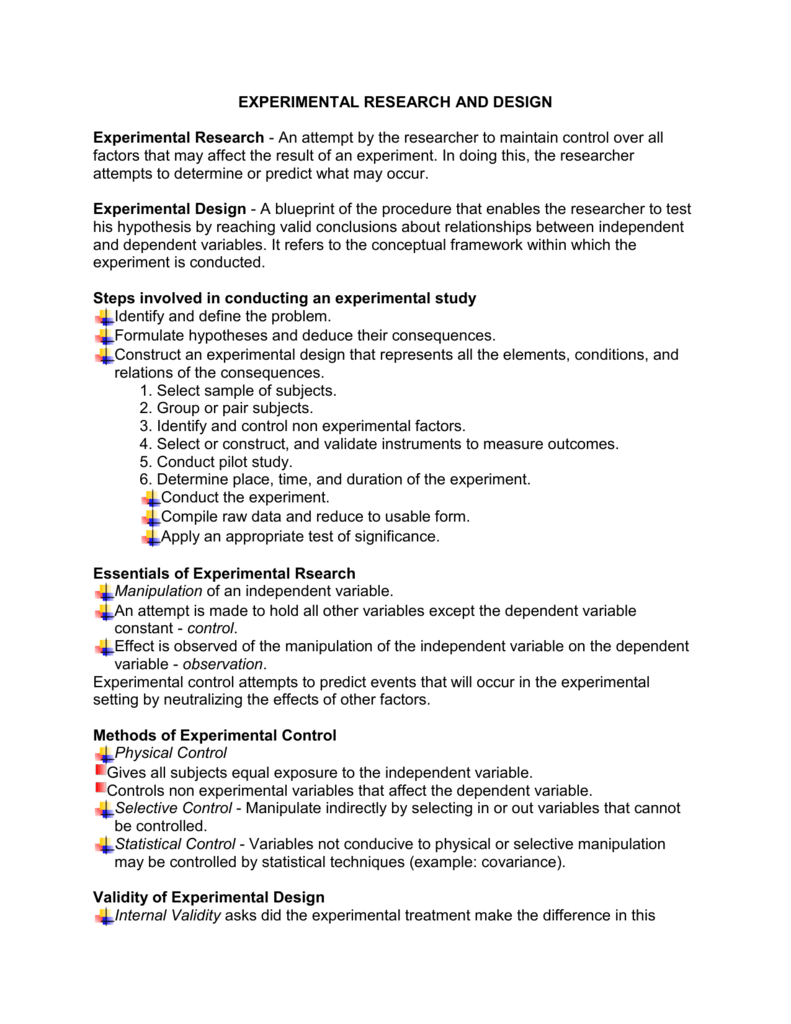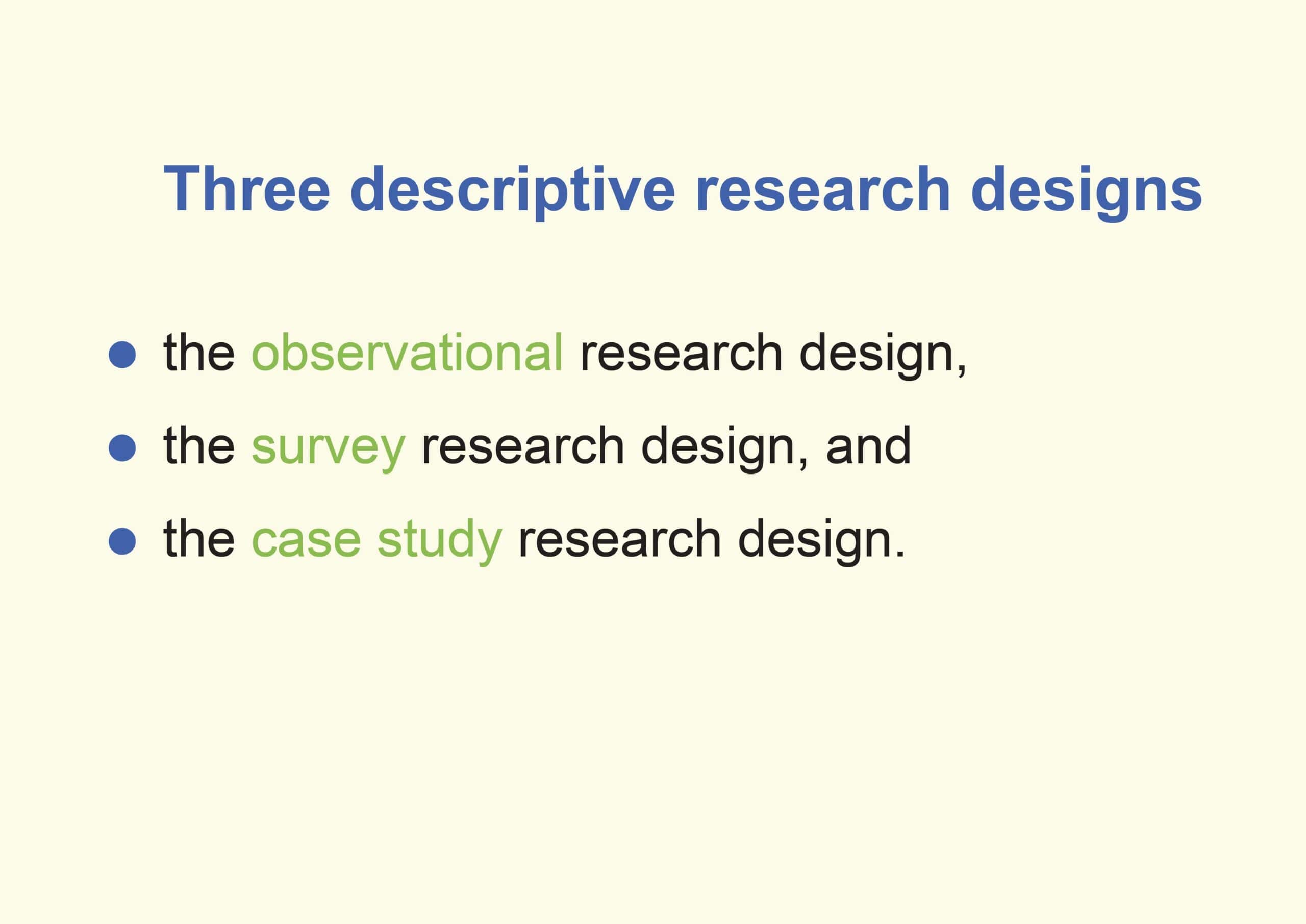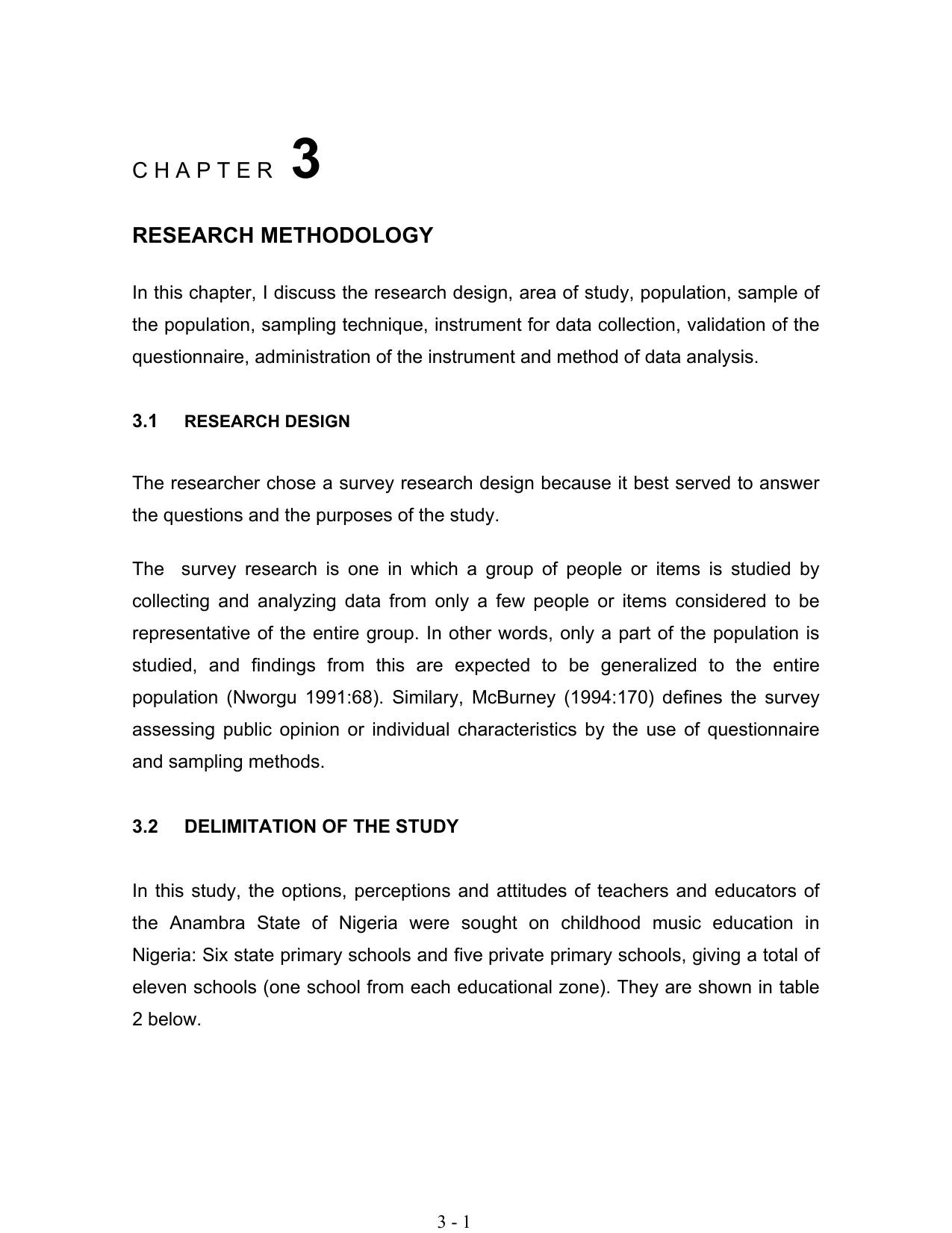Table Of Content

Even with rigorous preparation, you may still face unexpected challenges during your project. That’s why you need to work out contingency plans when designing research. State which variables will be studied and what measures or scales will be used when assessing each variable. For instance, if you are researching the impact of social media on mental health, your population could be young adults aged who use social media frequently. A psychologist wants to understand how parents' behavior affects their child's self-concept.
Research Design Vs Research Methodology
This method involves creating graphs or charts to represent data visually. Visualization can help identify patterns or relationships between variables and make it easier to communicate findings to others. This method involves analyzing qualitative data (e.g., text, images, audio) to identify themes, patterns, or trends. Content analysis can be used to describe the characteristics of a sample or population, or to identify factors that influence attitudes or behaviors.
Methodology: 2022-23 survey of Asian Americans
Experimental research establishes a cause-effect relationship by testing a theory or hypothesis using experimental groups or control variables. In contrast, descriptive research describes a study or a topic by defining the variables under it and answering the questions related to the same. In its most basic sense, a theory is a story we tell about how the world works that can be tested with empirical evidence.

Choose Data Analysis Techniques
You might have to write up a research design as a standalone assignment, or it might be part of a larger research proposal or other project. In either case, you should carefully consider which methods are most appropriate and feasible for answering your question. As you can probably imagine, ethnographic research design has the ability to provide rich, contextually embedded insights into the socio-cultural dynamics of human behaviour within a natural, uncontrived setting. Naturally, however, it does come with its own set of challenges, including researcher bias (since the researcher can become quite immersed in the group), participant confidentiality and, predictably, ethical complexities.
Questionnaire – Definition, Types, and Examples

A research design is defined as the overall plan or structure that guides the process of conducting research. It is a critical component of the research process and serves as a blueprint for how a study will be carried out, including the methods and techniques that will be used to collect and analyze data. A well-designed research study is essential for ensuring that the research objectives are met and that the results are valid and reliable. When devising your study, it is also important to consider how you will retrieve data.
Psychological Surveys: When to Use Surveys in Psychology - Verywell Mind
Psychological Surveys: When to Use Surveys in Psychology.
Posted: Wed, 15 Nov 2023 08:00:00 GMT [source]
Social Science Research: Principles, Methods and Practices (Revised edition)
Initially, research questions may be written as descriptive questions which could be developed into inferential questions. These questions must be specific and concise to provide a clear foundation for developing hypotheses. These specify the possible results that may or may not be expected regarding the relationship between groups.
Types of Descriptive Research Design
There are varied goals for which qualitative research questions are developed. In quantitative research, research questions inquire about the relationships among variables being investigated and are usually framed at the start of the study. Regardless of the specific research design chosen, the researcher should strive to collect quantitative and qualitative data using a combination of techniques such as questionnaires, interviews, observations, documents, or secondary data. Likewise, while case research employ mostly face-to-face interviews to collect most qualitative data, the potential and value of collecting quantitative data should not be ignored. Irrespective of the specific research design employed, the goal of the researcher should be to collect as much and as diverse data as possible that can help generate the best possible insights about the phenomenon of interest.
Qualitative Data Analysis
The mail and web screening and extended surveys were developed in English and translated into Chinese (Simplified and Traditional), Hindi, Korean, Tagalog and Vietnamese. For web, the landing page was displayed in English initially but included banners at the top and bottom of the page that allowed respondents to change the displayed language. Once in the survey, a dropdown button at the top of each page was available to respondents to toggle between languages.
Interesting topics
What’s important is that you, as the researcher, understand the limitations of the design and conduct your quasi-experiment as rigorously as possible, paying careful attention to any potential confounding variables. Naturally, quasi-experimental research designs have limitations when compared to experimental designs. Given that participant assignment is not random, it’s more difficult to confidently establish causality between variables, and, as a researcher, you have less control over other variables that may impact findings. The key defining attribute of this type of research design is that it purely describes the situation. In other words, descriptive research design does not explore potential relationships between different variables or the causes that may underlie those relationships.
With statistics, you can summarise your sample data, make estimates, and test hypotheses. With this raw data, you can do your own analysis to answer new research questions that weren’t addressed by the original study. Data collection methods are ways of directly measuring variables and gathering information.
Field surveys are non-experimental designs that do not control for or manipulate independent variables or treatments, but measure these variables and test their effects using statistical methods. Field surveys capture snapshots of practices, beliefs, or situations from a random sample of subjects in field settings through a survey questionnaire or less frequently, through a structured interview. More complex designs may include multiple treatment groups, such as low versus high dosage of the drug or combining drug administration with dietary interventions.
Measurements are taken on each variable over two or more distinct time periods. It is a type of observational study sometimes referred to as a panel study. Ethnography is an interpretive research design inspired by anthropology that emphasises that research phenomenon must be studied within the context of its culture.
No comments:
Post a Comment